Dressing Percentage
To better understand the amount of meat you may expect from different types of poultry, the first step is to recognize the difference in live weight compared to carcass weight. When a bird is harvested, certain parts of the animal such as the feathers, feet, blood, and viscera (internal organs) are removed. The post-harvest hanging weight, known as the hot carcass weight, includes the lean (meat), adipose tissue (fat), and bone.
Dressing percentage is the difference between live animal and hot carcass weight and is influenced by factors such as muscle, fat cover, and size, which largely depend on the breed, diet, and age of the bird. These factors help determine how much meat the carcass may yield (Table 1).
Dressing Percentage =
(Hot carcass weight ÷ Live weight)
| Species | Type | Dressing % | Avg. Live Weight (lbs.) |
| Chicken | Commercial broiler | 72-75 | 6.5 |
| Chicken | Heritage heavy breed | 68 | 9 |
| Turkey | Young hen | 80.5 | 17 |
| Turkey | Young tom | 80.5 | 41 |
| Duck | Pekin | 65-70 | 8 |
| Pheasant | Free range / hunted | 71 | 2.8 |
Table 1. Dressing percentage and average live weight of different species and types of poultry.
Carcass Chilling & Fabrication
After harvest, birds are washed and then cooled via water chilling or air chilling. Carcass weights fluctuate slightly due to the chilling process. Air chilling results in an average carcass weight loss of 1.6% due to natural evaporation, while water chilling causes a carcass weight increase of 5 to 10% due to absorption of water while in the chill tank. In commercial operations, absorbed water is declared on the label. Chilling is followed by fabrication, which breaks down a carcass into smaller parts for retail.
Common Cuts
Due to a relatively small body size compared to larger species of livestock, poultry is often available as a whole bird at the butcher shop or grocery store. They are typically found as ready-to-cook (RTC) carcasses without giblets (WOG), though some do include the giblets (heart, liver, and gizzard) and neck. Consumers may see giblets more commonly with whole turkeys for Thanksgiving. Giblets and neck account for roughly 7% of live bird weight. The RTC carcass is around 60% meat and 40% skin and bones.
Birds are cut into four main parts: breast, wing, thigh, and drumstick (Figure 1). Portions of the back are attached to the thigh and breast when cut into the main parts. Parts can be further cut into various retail cuts. Birds may also be quartered. As the name suggests, each quarter is approximately 25% of the carcass, though breast quarters are slightly heavier (Table 2).
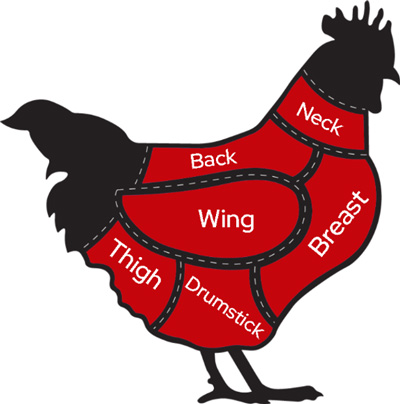
Figure 1. Diagram of main parts of poultry carcasses: breast, wing, thigh, and drumstick. Neck and back are also shown.
| Parts | % of Carcass | Common Retail Cuts |
| Breast | 40 |
Whole breasts |
| Wing | 12 |
Whole wings |
| Thigh | 32 | Whole thighs Boneless thigh |
| Drumstick | 16 | Whole drumsticks Boneless drumstick |
| Breast Quarter | 26-28 | Breast quarter- half the breast with wing and back attached |
| Leg Quarter | 24-26 | Leg quarter- thigh and drumstick with back attached |
Table 2. Examples of common retail cuts from a broiler chicken and the proportion of the ready-to-cook WOG.
Further processed products
Poultry can be purchased in more convenient forms such as breaded boneless products (chicken patties, tenders, nuggets, etc.), breaded bone-in products (wings, drumsticks), and deli meats (cold cuts).
Example Calculations
Live weight x Dressing %
= Hot carcass weight
Commercial broiler: 6.5 lbs x 74% = 4.8 lbs
Heavy heritage breed: 9 lb. x 68% = 6.1 lbs
Turkey hen: 16 lbs x 80.5% = 12.9 lbs
Duck: 8 lbs x 67% = 5.4 lbs
Pheasant: 3 lbs x 71% = 2.1 lbs
Hot carcass weight x (100% ± chill %)
= Chilled carcass weight
Commercial broiler: 4.8 lbs x (100% + 5%) = 5.0 lbs
Turkey hen: 12.9 lbs x (100% – 1.6%) = 12.7 lbs
For More Information
Contact your local Livestock Educator or the Wisconsin Department of Agriculture, Trade, & Consumer Protection. For additional information, visit the following resources.
Authors

Kimberly Kester
Dairy and Livestock Program Manager – Kimberly’s programming focuses on beef cow-calf operations, specifically genetic improvement, heifer development, and heat abatement. She also supports programming in small ruminant parasite management and poultry flock management.
References
- Agricultural Marketing Service. (2025). Weekly poultry slaughtered under federal inspection (NW_PY017): Week ending 18-Jan-2025. U.S. Department of Agriculture. https://www.ams.usda.gov/mnreports/nw_py017.txt
- Agricultural Marketing Service. (2022). A guide to U.S. graded chicken. U.S. Department of Agriculture. https://www.ams.usda.gov/sites/default/files/media/PoultryPictureSeriesPrintVersion.pdf
- Belk, A.D., Duarte, T., Quinn, C., Coil, D.A., Belk, K.E., Eisen, J.A., Quinn, J.C., Martin, J.N., Yang, X., Metcalf, J.L. (2021). Air versus water chilling of chicken: a pilot study of quality, shelf-life, microbial ecology, and economics. mSystems, 6(2), e00912-20. https://doi.org/10.1128/mSystems.00912-20
- Devatkal, S.K., Naveena, B.M., Kotaiah, T. (2019). Quality, composition, and consumer evaluation of meat from slow-growing broilers relative to commercial broilers. Poultry Science, 98(11), 6177-6186. https://doi.org/10.3382/ps/pez344
- Food Safety & Inspection Service. (2025). Water in meat and poultry. U.S. Department of Agriculture. https://www.fsis.usda.gov/food-safety/safe-food-handling-and-preparation/food-safety-basics/water-meat-poultry
- Ha, K. (2019). Talking turkey. U.S. Department of Agriculture. https://www.usda.gov/about-usda/news/blog/talking-turkey
- Park, S.Y., Byeon, D.S., Kim, G.W., & Kim, H.Y. (2021). Carcass and retail meat cuts quality properties of broiler chicken meat based on the slaughter age. Journal of Animal Science and Technology, 63(1), 180–190. https://doi.org/10.5187/jast.2021.e2
- Steczny, K., Kokoszynski, D., Bernacki, Z., Wasilewski, R., & Saleh, M. (2017). Growth performance, body measurements, carcass composition and some internal organ characteristics in young Pekin ducks. South African Journal of Animal Science, 47(3), 399-406. https://doi.org/10.4314/sajas.v47i3.16
- Yamak, U.S., Sarica, M., Boz, M.A., & Ucar, A. (2020). Effect of production system and age on the growth performance and carcass traits of pheasants (Phasianus colchicus). Annals of Animal Science, 20(1), 219-229. https://doi.org/10.2478/aoas-2019-0050
Reviewed by:
Ron Kean, M.S.
Poultry Extension Specialist, University of Wisconsin-Madison
The University of Wisconsin–Madison Division of Extension provides equal opportunities in employment and programming in compliance with state and federal law.


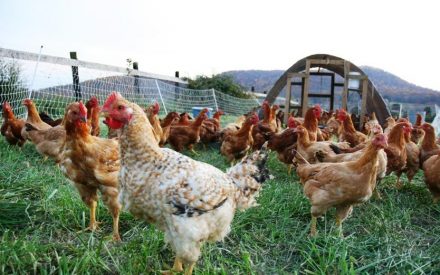 Getting started raising range fed broilers
Getting started raising range fed broilers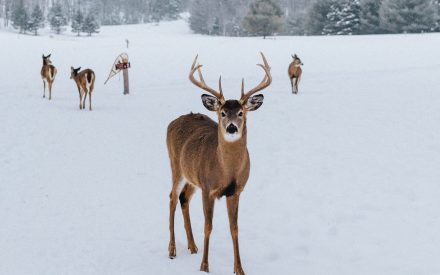 Handling Venison Safely
Handling Venison Safely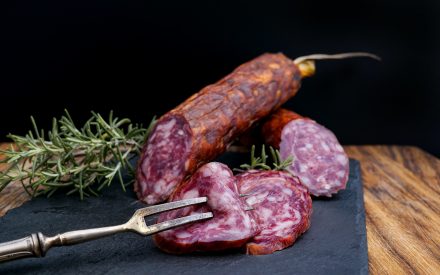 Meat Processing Procedures and Rules
Meat Processing Procedures and Rules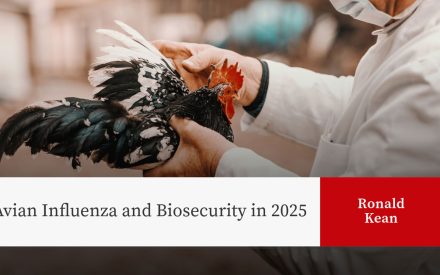 Avian Influenza and Biosecurity in 2025
Avian Influenza and Biosecurity in 2025


